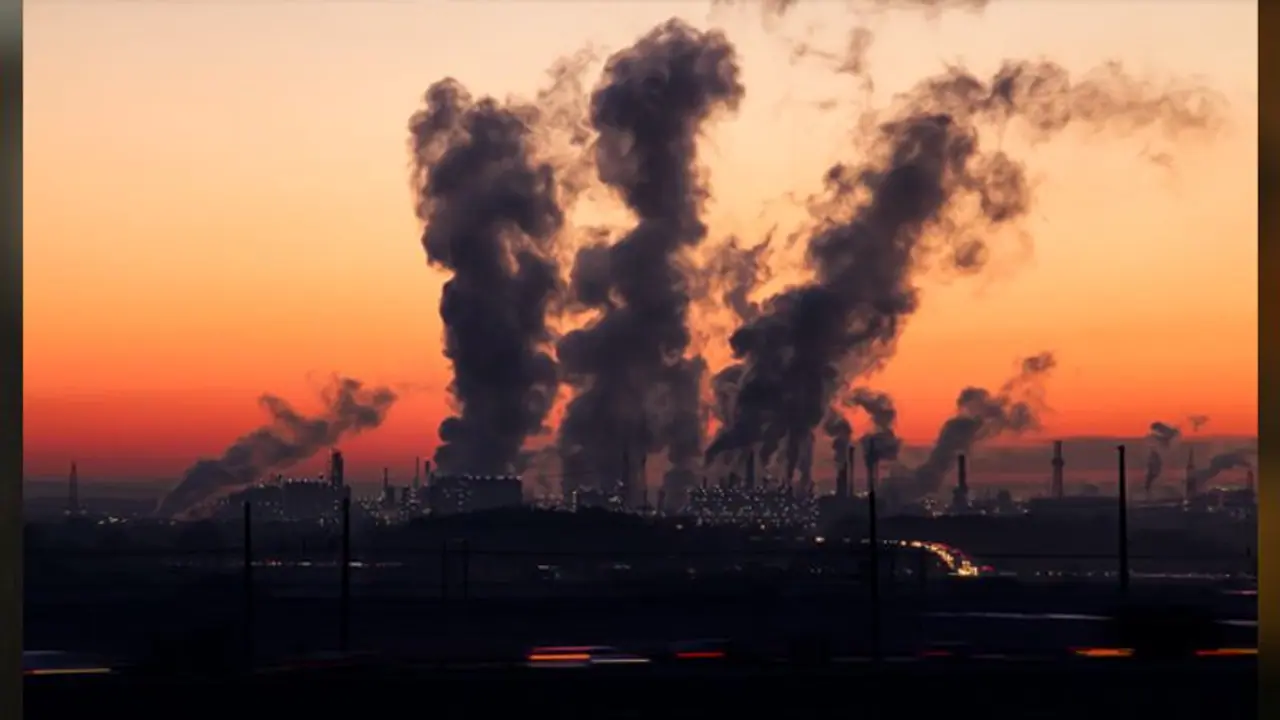According to the World Meteorological Organization's (WMO) Greenhouse Gas Bulletin, the annual growth rate last year was higher than the yearly average between 2011 and 2020, and the trend is expected to continue in 2021.
The quantities of greenhouse gases in the atmosphere hit new highs last year, according to the United Nations, in a harsh warning ahead of the COP26 conference about rising global warming. According to the World Meteorological Organization's (WMO) Greenhouse Gas Bulletin, the annual growth rate last year was higher than the yearly average between 2011 and 2020, and the trend is expected to continue in 2021. According to the World Meteorological Organization, the economic slowdown induced by the COVID-19 pandemic resulted in a short decrease in new emissions but had no detectable influence on atmospheric levels of greenhouse gases and their growth rates.

According to the organisation, global temperatures will continue to increase as long as emissions persist. And, because of the long lifetime of carbon dioxide (CO2), the current temperature level will endure for several decades even if emissions are immediately reduced to net zero. The UN Climate Change Conference, COP26, is taking place in Glasgow from October 31 to November 12.
Also Read | UN report raises alarm over India's Mullaperiyar Dam, says 126-yr-old dam has outlived its life
According to WMO chairman Petteri Taalas, the Greenhouse Gas Bulletin delivers a severe, scientific warning for climate change negotiators at COP26. CO2, methane, and nitrous oxide are the three primary greenhouse gases. It is the most significant, accounting for approximately 66% of the warming influence on the climate. According to the WMO, CO2 concentrations reached 413.2 parts per million (ppm) in 2020, up 2.5 ppm from the previous year, and are now 149% of the 1750 pre-industrial level. According to the paper, around half of the CO2 released by humans remains in the atmosphere, with the other half ending up in the seas and on land.
According to the World Meteorological Organization, ongoing increases in greenhouse gas emissions, together with rising temperatures, might lead to more weather extremes. This includes extreme heat and precipitation, glacier melt, sea-level rise, and ocean acidification, all of which will have far-reaching socioeconomic consequences.
Also Read | Afghanistan: UN agencies warn more than half of Afghans face 'acute' food crisis
Methane averages reached a new high of 1,889 parts per billion in 2020, up 11 ppb from the previous year, and are now at 262% of the pre-industrial level. Around 40% of methane is generated by natural sources such as wetlands, whereas 60% is emitted by human activity such as rice farms and landfills. Nitrous oxide averages reached 333.2 ppb, a 1.2 ppb increase, and were 123% of 1750 levels.
